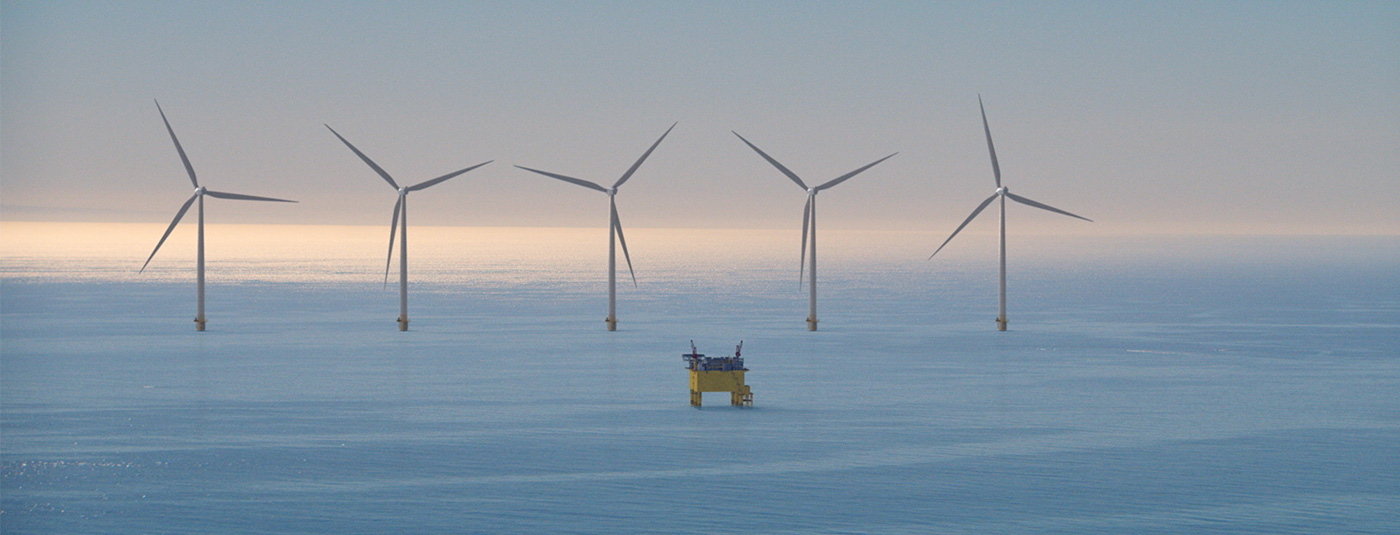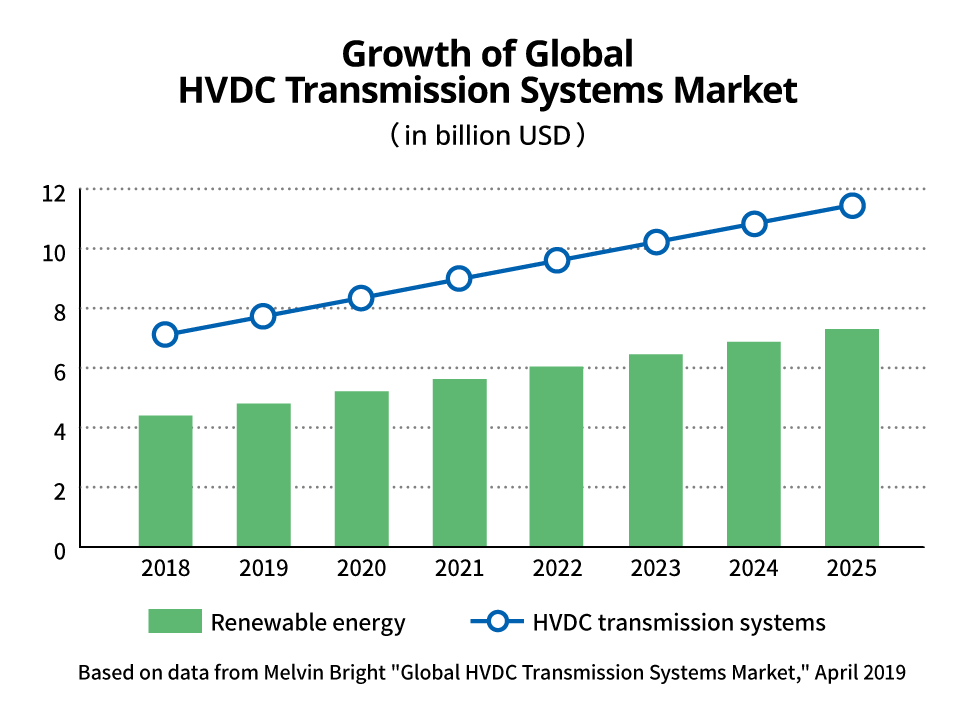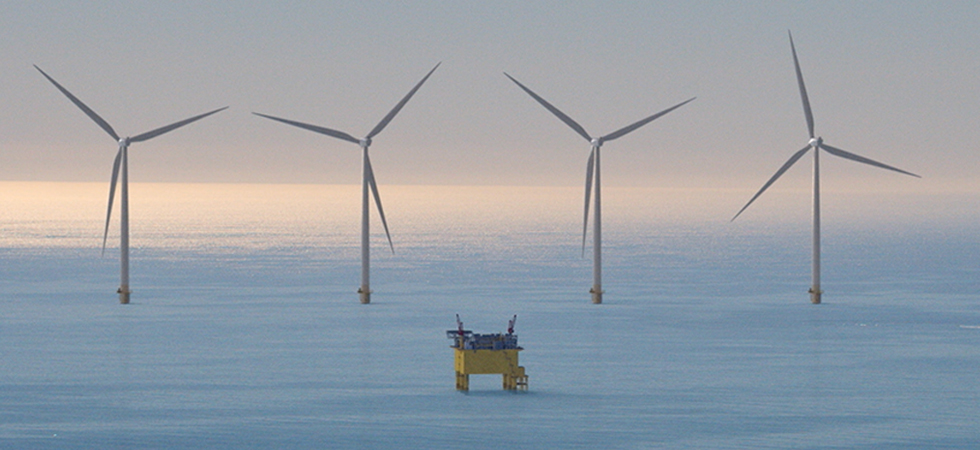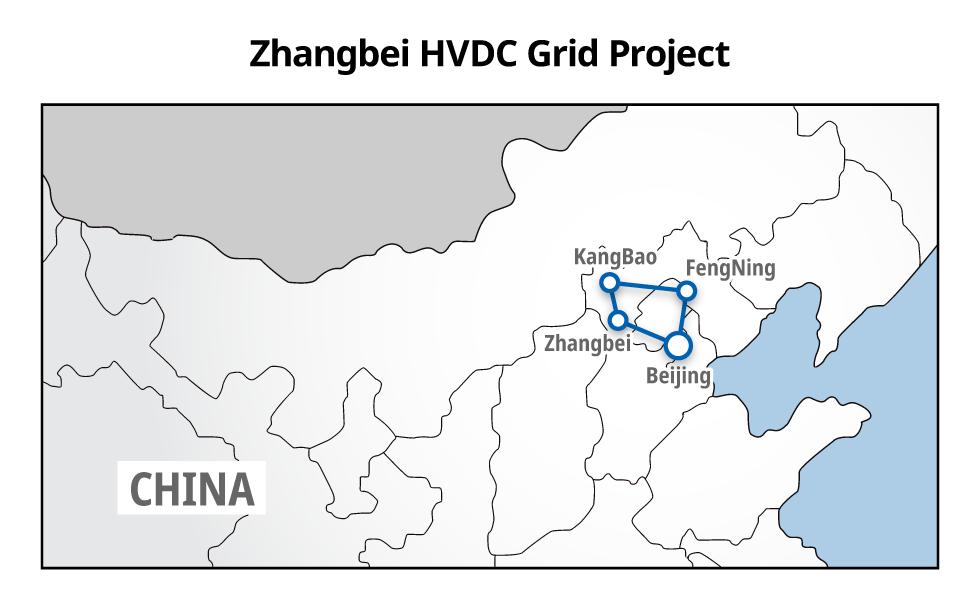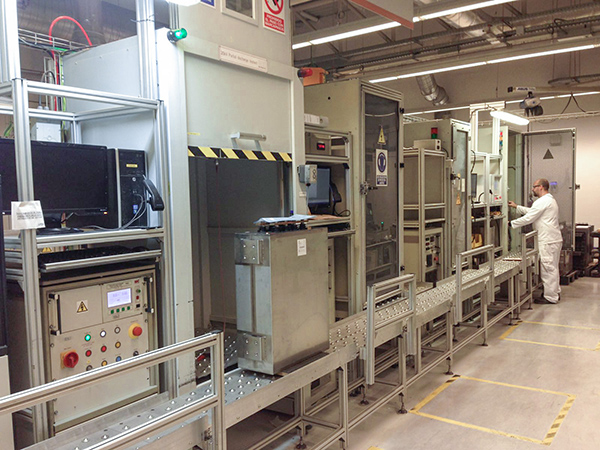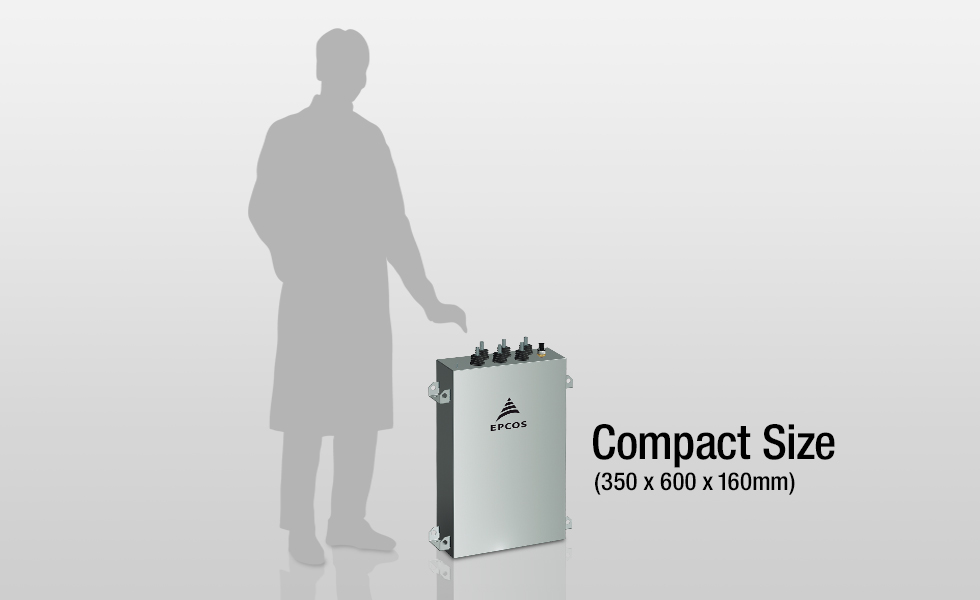Power Capacitor Solutions Support Energy-Saving Transmission of Wind and Solar Power
HVDC Systems Support Offshore Wind Farms, but Voltage Stability is an Issue
The market for HVDC1 systems is set to grow strongly over the coming years. Worth just over 7 billion USD in 2018, it is projected to grow by well over 60 percent to about 11.5 billion USD by 2025.
The main reasons for the anticipated growth will be not only the increased demand for electric power for electric vehicles and data centers, but also the growth in renewable energy. Since large wind farms and solar power plants are often located long distances from consumers, they require transmission links that offer much lower losses than conventional AC transmission technologies.2 The converters in these high-voltage direct current transmission systems (HVDC) offer a constant DC voltage and are therefore referred to as voltage-source converters (VSC). Over long distances, VSC HVDC systems have significantly lower losses than AC transmission systems. This enables efficient long-distance transmission of electrical energy from remote facilities via submarine cables and long-distance land links. VSC HVDC transmission technology is especially well-suited for renewable energy such as offshore wind farms because its converter stations are compact enough to fit on an offshore platform. Also, the technology allows the interconnection of grids with voltages that are not synchronized and enables much better control than AC systems. Furthermore, HVDC systems also have the advantage of lower costs for cable-laying and other installation work.
One key challenge facing HVDC systems is achieving stable voltage. Voltage becomes unstable during long-distance transmission of electricity, creating potential for problems such as damage to distribution systems and consumers’ equipment. Solutions to these problems require power capacitors with high current capability enabling them to withstand large fluctuations in voltage. Since such power capacitors are used in industrial power infrastructure and rail transport applications, they also require high levels of durability and reliability.
Compact, Durable Power Capacitors with High Current Capability are Key Components in HVDC Solutions
TDK’s power capacitors are key components in the converter stations located at each end of an HVDC link that convert the alternating current (AC) to DC current for transmission and then back to AC at the other end so that the electricity can be fed back into the grid. In the station, where the power is prepared for long-distance transport, the capacitor banks serve to stabilize the converted DC voltage. In the station at the end of the HVDC link, they ensure that the AC output voltage is suited for feeding into the grid. As the use of renewable energy continues to grow throughout the world, these capacitors will likewise continue to contribute to lower transmission power losses and help save energy.
As for technical features, power film capacitors with TDK’s proprietary flat winding technology3 allow a volume fill factor4 of about 95 percent to be achieved. At the same time, their maximum capacitance exceeds 10,000 microfarads.5 The capacitors thus have a very high energy density and feature compact dimensions that can be as small as 350 mm x 600 mm x 160 mm. Relative to their high current capability this is very compact, enabling them to demonstrate outstanding strengths in the confined spaces of offshore converter stations, where they control voltage fluctuations. Moreover, they are self-healing, so even if overvoltage causes an electrical breakdown within the capacitors, the insulation is restored in just a few microseconds preventing a short circuit. Thanks to the long-term stability of their temperature and electrical characteristics, they offer extremely reliable operating lifetimes of up to 40 years.
TDK capacitors are installed in a number of HVDC projects throughout Europe, in the US, and in China, and TDK has established a solid position as a key supplier for HVDC systems. One example is the HVDC project between Beijing and Zhangbei, a city about 250 kilometers northwest of the Chinese capital. The new grid is designed by State Grid Corporation of China (SGCC), one of the world’s leading power utilities. It will play a crucial role in providing clean power from remote wind, photovoltaic and hydroelectric energy sources for the 2022 Winter Olympic Games in Beijing. The HVDC grid features both the world’s highest voltage level (550 kV) and the largest transmission capacity. The capacitors are key components in the converter stations that transform the AC current fed in at the start of every HVDC link into DC current ready for long-haul transmission. They also installed in the converter stations that convert the DC current back to AC at the other end.
Terminology
- HVDC is an energy infrastructure technology for the transmission of electricity from power plants at high voltages of 200 to 500 kV using direct current (DC) rather than alternating current (AC).
- Transmission losses occur when some electrical energy generated by power plants is lost due to the resistance of transmission lines during transmission to residential and commercial buildings. Some losses also occur in the converter stations.
- Flat winding refers to the advanced proprietary technology used by TDK to first wind the conductive metallized foils and insulating dielectric films in order to form the thousands of alternating capacitor layers and then to press the cylindrical winding into a nearly rectangular shape. When packed into the stainless steel case, the flat winding not only saves space, but also features a high energy density.
- The volume fill factor of a capacitor refers to how completely the case is filled with the capacitor layers. TDK’s flat winding technology achieves a volume fill factor of about 95 percent
- Capacitance indicates the ability of a capacitor to store electric charges. Capacitance is given in farads, a rather large unit of measurement. TDK’s power capacitors for HVDC applications have capacitances exceeding 10,000 microfarads.
Related links
Product inquiries
